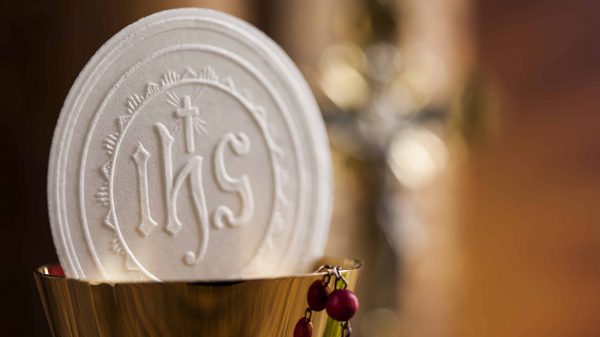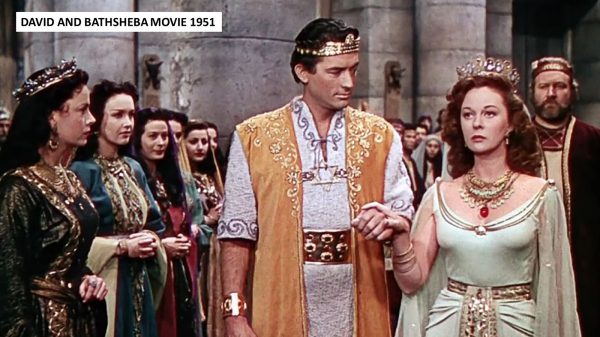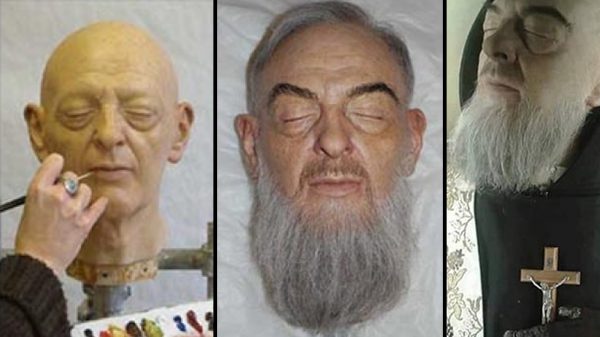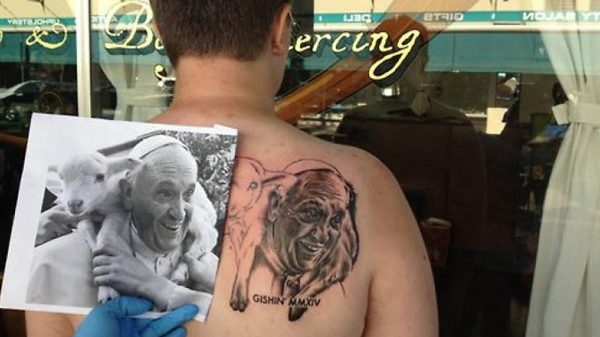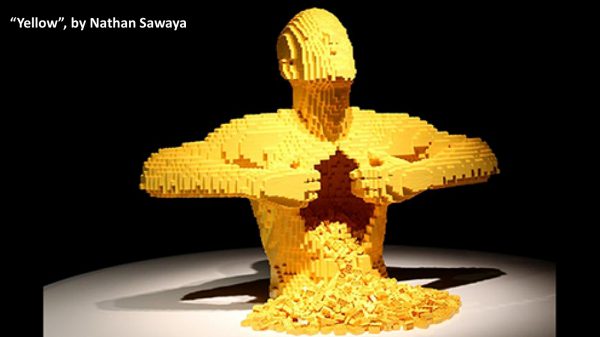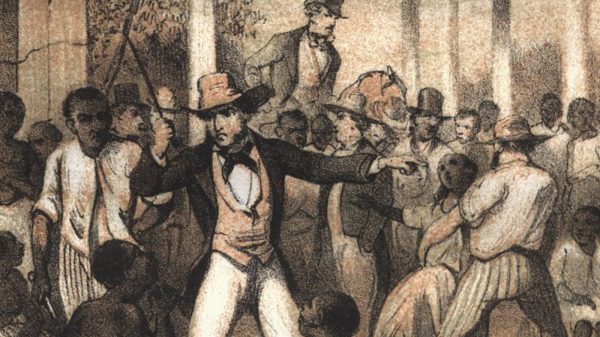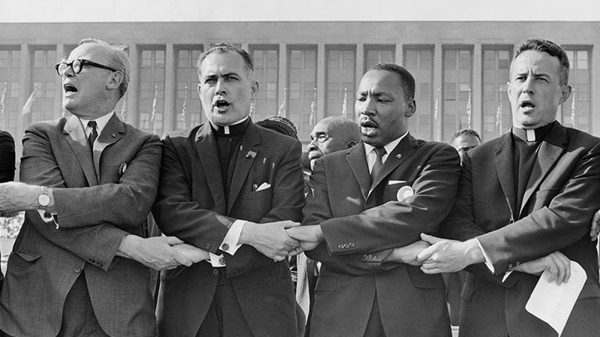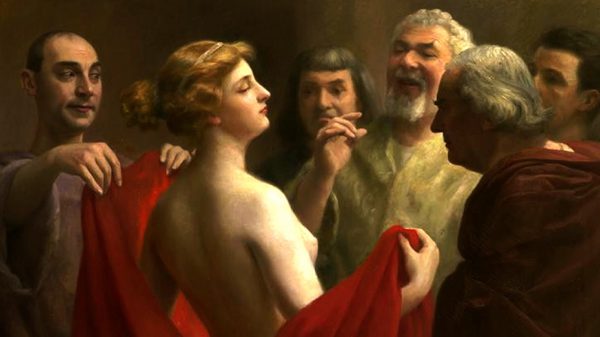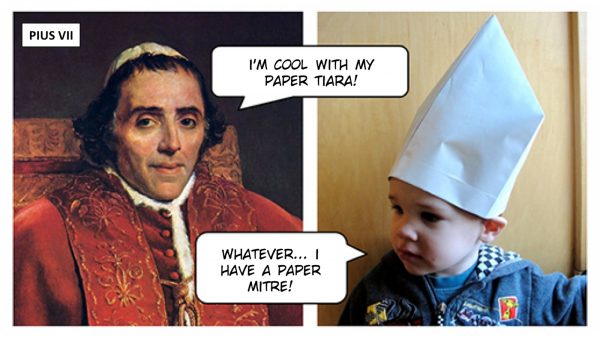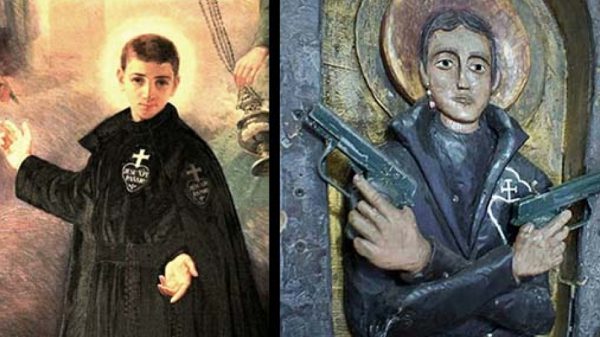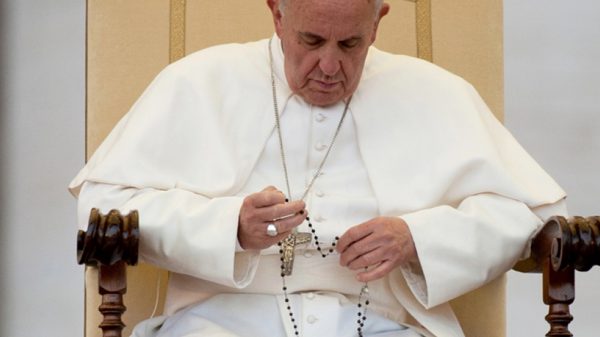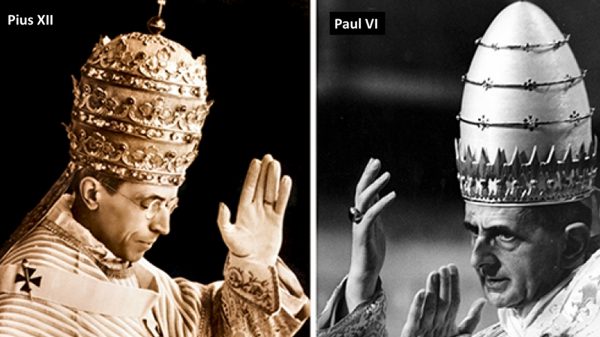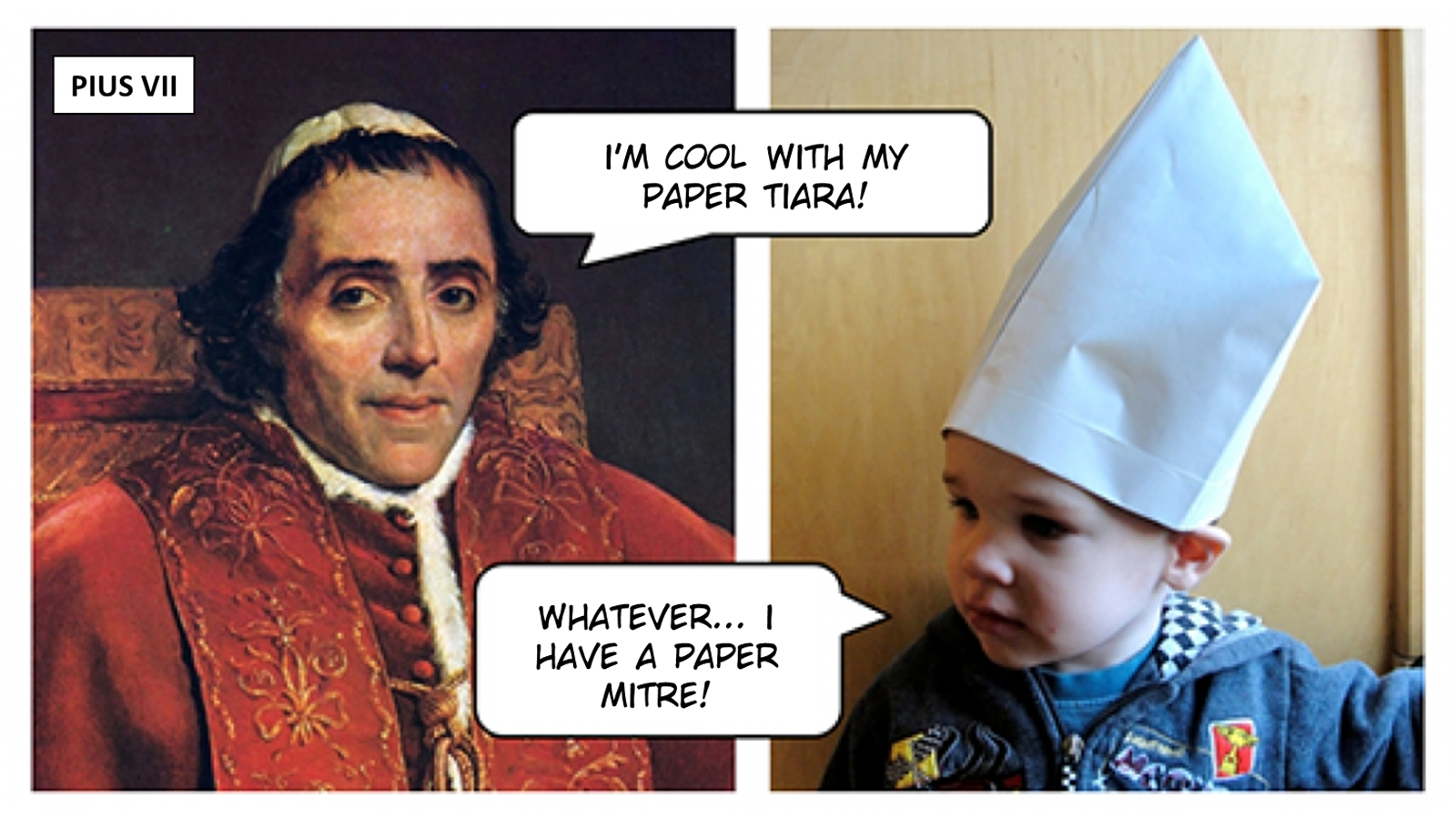The Papacy has gone through numerous critical moments in history, one of which was in 1798, when Napoleon Bonaparte’s forces invaded Rome and all Papal States. Pope Pius VI was arrested and then exiled.
The long and painful journey through Italy led the pope to become ill and die. The conclave of 1800, for the election of his successor, had to be held in exile, in Venice.
The new pope was called Pius VII. For the election to be valid, the coronation ceremony was mandatory. However, no papal tiara was available: many had been destroyed in the sacking of Rome in 1527, and many others had been stolen or destroyed during the Napoleonic invasion (check out our article on the history and function of the papal tiara).
The need to perform the coronation was urgent, so the way was to improvise. Pius VII’s tiara was made with papier-mache. Silver and golden fabrics were stretched over papier-mache to simulate gold and silver, and fine stones like sequins complete the ornamentation. The result was aesthetically very good (photo below), and this tiara ended up being used by the pope for many years, as it was very light and comfortable.

In 1805, Napoleon gave a new tiara to Pius VII, made from the precious stones of some of the ancient tiaras that had been stolen from the Holy See and dismantled by Napoleonic troops. The piece had 3,345 precious stones and 2,990 pearls. But the pope never used it, because it was too heavy and too small – they say that Napoleon had the tiara made on purpose like that, to subtly insult the pope.
Decades later, Pope Benedict XV ordered the precious stones from the tiara donated by Napoleon to be removed and sold (photo below), except for the large emerald and the top rubies. Tinted glass replicas were put in place. The money raised was used to help the victims of the First World War.

The Vatican keeps in its museums and chapels some of the surviving tiaras. And among them is the papier-mache tiara!
Recommended reading:
- Antici-Mattei. Insegne della potestà Pontificale: le origini e le forme della tiara, in L’Illustrazione Vaticana, 9 (1938)
- R. Spiazzi. The triple corona, in Ecclesia, 15 (1956)
- A. Lipinsky. Il triregno dei Romani Pontefici, ibid., 17 (1958)
- Lord Twining. A History of the Crown Jewels of Europe
- Douglas Sladen. The Secrets of the Vatican


